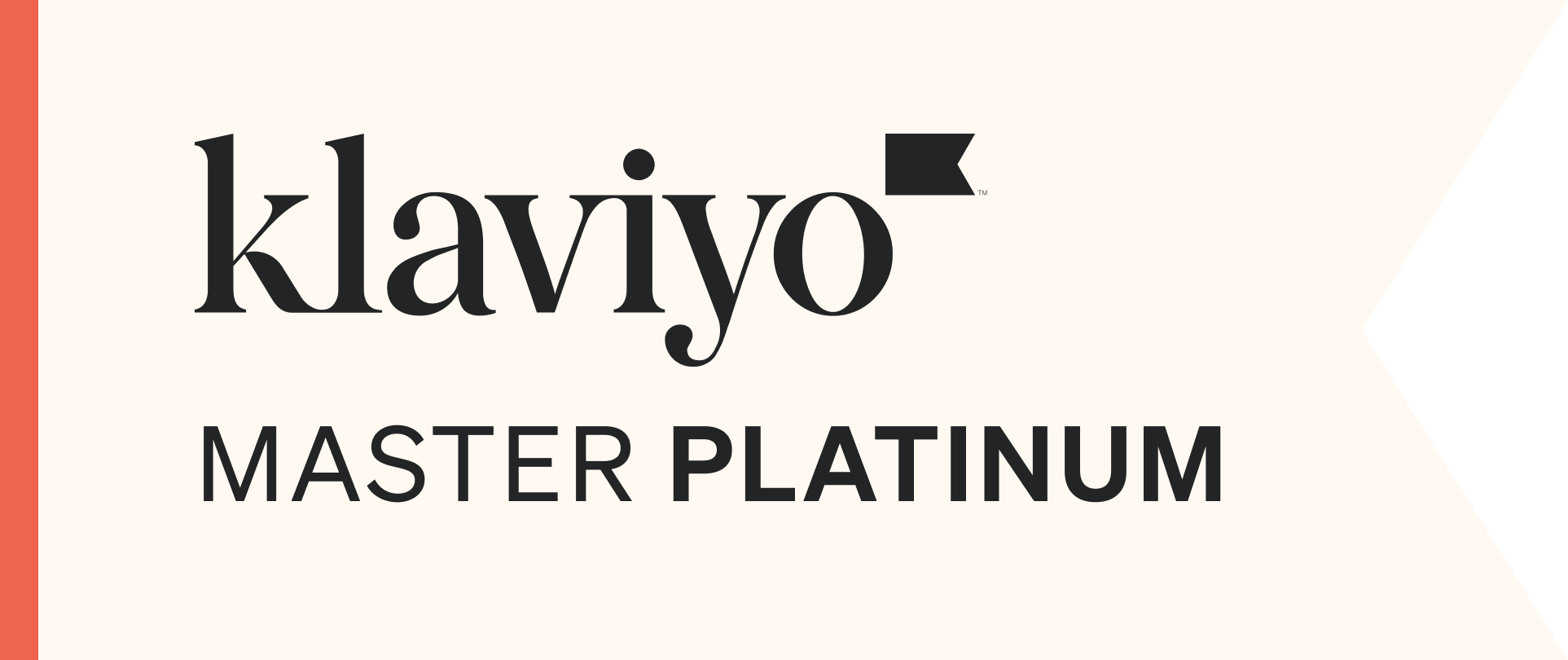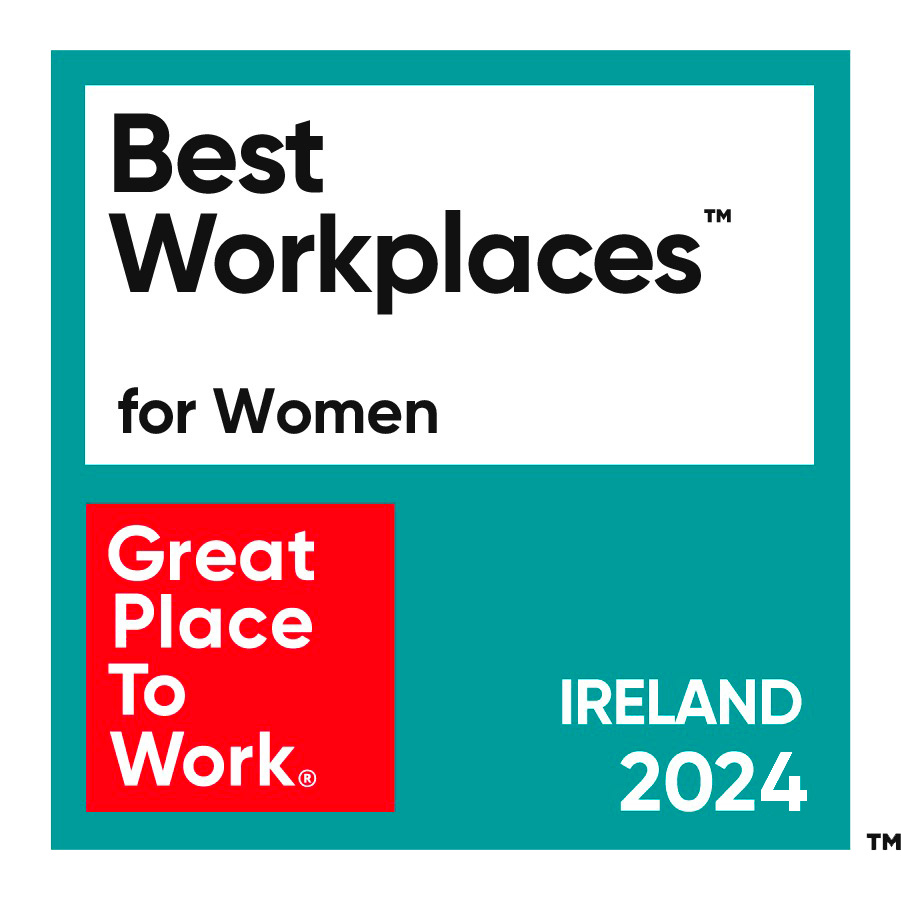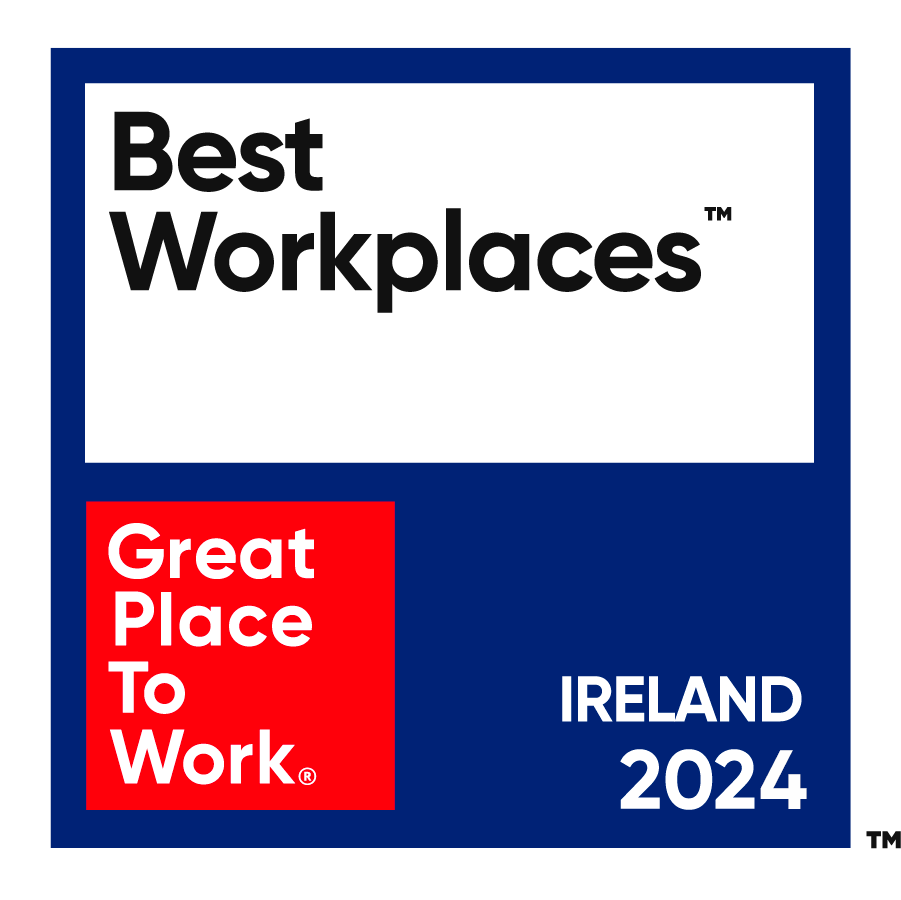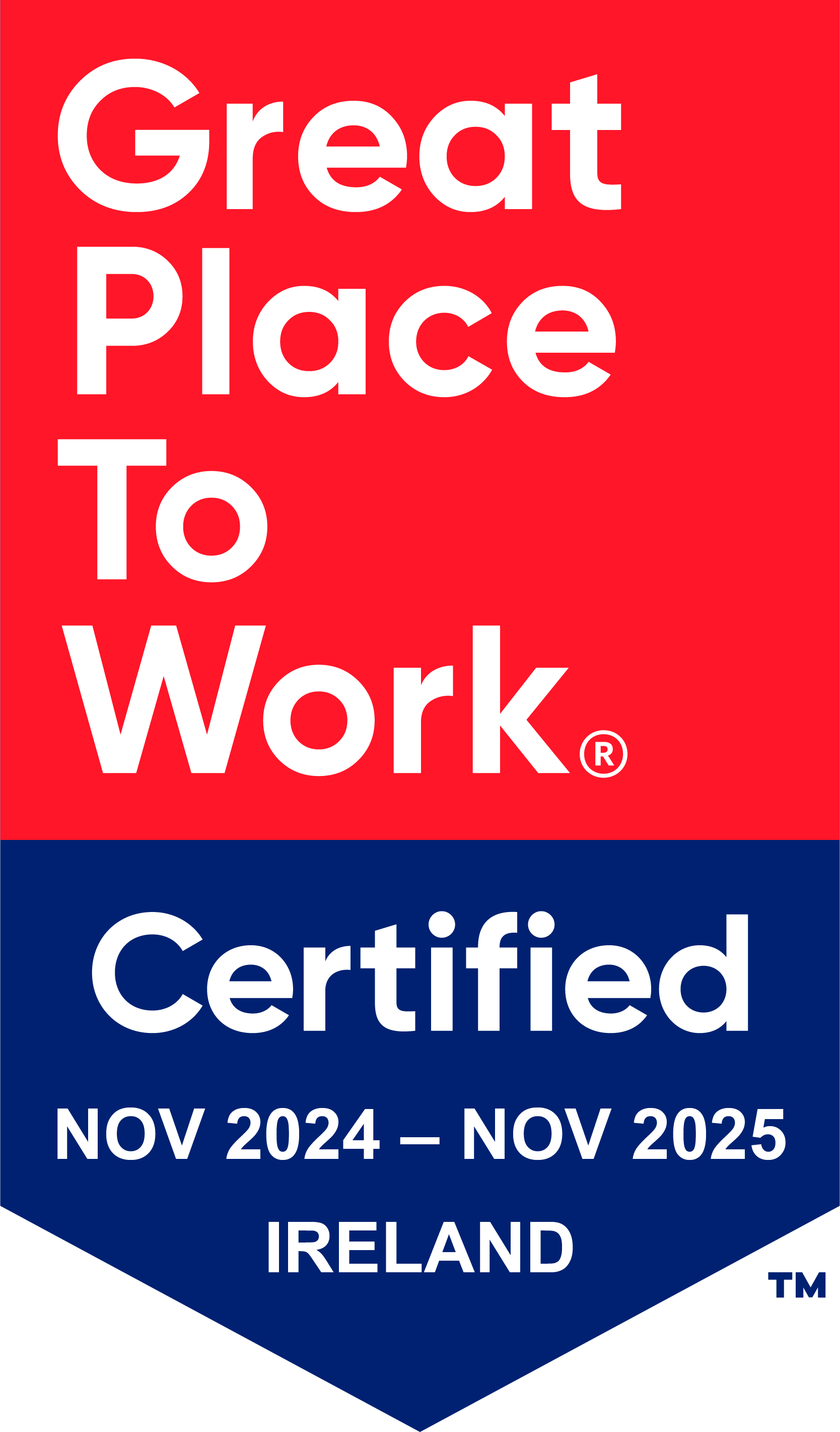By Alan Coleman on 6 May 2014
Irish Online Consumer Spend Surges 44%

What We Measured
We analysed the growth in consumer spending online by comparing e-commerce revenue in Q1 2014 to Q1 2013. We studied revenue figures across 22 e-commerce websites in the retail, travel & charity verticals. The websites in the study had a combined revenue of €80 million in 2013. This represents 2% of the €4 billion e-commerce market in Ireland and provides us with a very healthy sample size. Contributing companies include:
- Mothercare
- Lifestyle Sports
- The Kilkenny Shop
- Littlewoods Ireland
- McElhinneys
- VOYA
- Sun Search Holidays
- Surf Holidays
- UNICEF
We’ve averaged growth/decline across the websites rather than aggregate turnover. This means that the websites with larger revenue don’t skew the stats.
What We Found
Consumer spending online is up a remarkable 44% yoy in Q1 2014. Retail websites were the best-performing vertical in the study, with 51% revenue growth yoy in Q1 2014. This impressive growth in online spending is accelerating. Retail growth is accelerating from 46% yoy growth, in Q4 2013 to 51% yoy in Q1 2014. Finally, the figure for overall revenue growth (across verticals), which was 24% in Q4 2013 yoy, has surged to 45%.
The Context of the Findings
It's fascinating to compare our online-only figures with those associated with the general economy. If we dissect the Central Statistics Office (CSO) retail data for Q1 2014 to exclude motor, auto fuel & bars (to mirror our data), retail spend was pretty flat, increasing by a marginal 0.3%. This shows that online retail revenues are growing a spectacular 170 times faster than overall retail revenues, indicating that the “offline” segment of retail spend is actually shrinking. These finding support Topshop owner and retail mogul Sir Philip Greene’s recent assertion that the number of his high street stores will shrink in coming years as consumers shift more of their spend online.
Thoughts on the findings
The Irish consumer has been an early adapter to e-commerce, spending more time online, and more money online, than their European counterparts. However, it is fair to say that Irish businesses have been laggards, and are only now arriving at the online party. Let’s isolate the supply & demand side factors and investigate.
Demand side:
Q1 represents the first full quarter since Ireland exited the bailout. I’ve encountered lots of anecdotal evidence that consumers have had a post-exit spring in their step and are beginning to spend again. However when we compare our Wolfgang e-commerce Study to the CSO retail figures, we learn that consumer spend isn’t growing by any great leaps. Online spend is simply cannibalising offline spend, i.e. people aren’t spending more money; they are simply spending more money online and less on the high street. Significantly, this accelerating trend will define retail and the high street for this decade and beyond.
Supply side:
While Irish businesses have been slow to the e-commerce party, they are now arriving and making their presence felt. The key to online success is iteration. Many Irish businesses are now beyond the awkward first steps online, and are beginning to understand how their customers want to interact with them in an online world.
The death of the "Wanamaker Conumdrum"?
One of the most famous idioms in the advertising world was uttered by American retail magnate John Wanamaker in the late 19th century: “I know half my advertising budget is wasted, the problem is I just don’t know which half”. Now that we have 100% accountability for online transactions, has the issue of measurability been removed? The certainty of data in an e-commerce world has gone a long way to solving the Wanamaker conundrum. However, there is still a question that the most technologically-advanced retailers worldwide have yet to answer: “how do my online activities affect my in-store sales?” Studies indicate that the volume of people who “research online and purchase offline” (ROPO) is far greater than those who complete the deal online, and high value in store purchases are more likely to have had an online touch point in advance. This large segment of retail sales is not getting the analytical attention it warrants. The biggest mistake retailers are making right now is that they are measuring the success of their online marketing efforts by their online sales exclusively, and ignoring the larger benefit seen in-store. Meaning that two centuries later, the "Wanamaker Conundrum" is still alive and kicking in the global advertising community.
Get Involved
The Wolfgang e-commerce study is getting bigger next quarter and will have “closed results” for contributing websites. If you are selling online we’d love to get your data into the study. In return we’ll provide you with unpublished benchmark Irish digital marketing KPIs.
Get involved, email [email protected].










